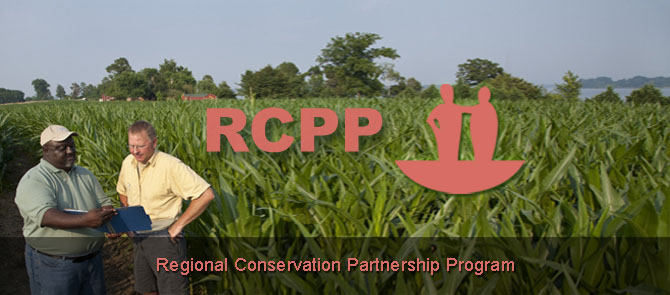USDA Extends Dairy Margin Protection Program Deadlines
USDA is extending the deadlines for the Dairy Margin Protection Program. Farmers now have until Dec. 5, 2014, to enroll in the voluntary program, established by the 2014 Farm Bill. Coverage election in subsequent years will take place from July 1 through September 30.
The program provides financial assistance to participating farmers when the margin – the difference between the price of milk and feed costs – falls below the coverage level selected by the farmer.
Producers are encouraged to use the online Margin Protection Program Decision tool at www.fsa.usda.gov/mpptool to calculate the best levels of coverage for their dairy operation. The secure website can be accessed via computer, smartphone or tablet.
The U.S. Department of Agriculture (USDA) also extended the opportunity for public comments on both the Margin Protection Program and the Dairy Product Donation Program until Dec. 15, 2014. Comments can be submitted to USDA via the regulations.gov website at http://go.usa.gov/GJSA.
The Dairy Product Donation Program (DPDP), authorized by the 2014 Farm Bill through Dec. 31, 2018, addresses low margins for dairy operations by using Commodity Credit Corporation (CCC) funds to purchase dairy products for donation to public and private nonprofit organizations that provide nutrition assistance to low-income populations. Purchases are only made by USDA during periods of low margins. No enrollment is required for dairy operators to benefit from the DPDP. The Farm Service Agency (FSA) and the Food and Nutrition Service (FNS) will administer DPDP if ever triggered.















